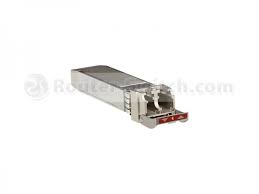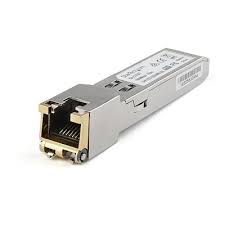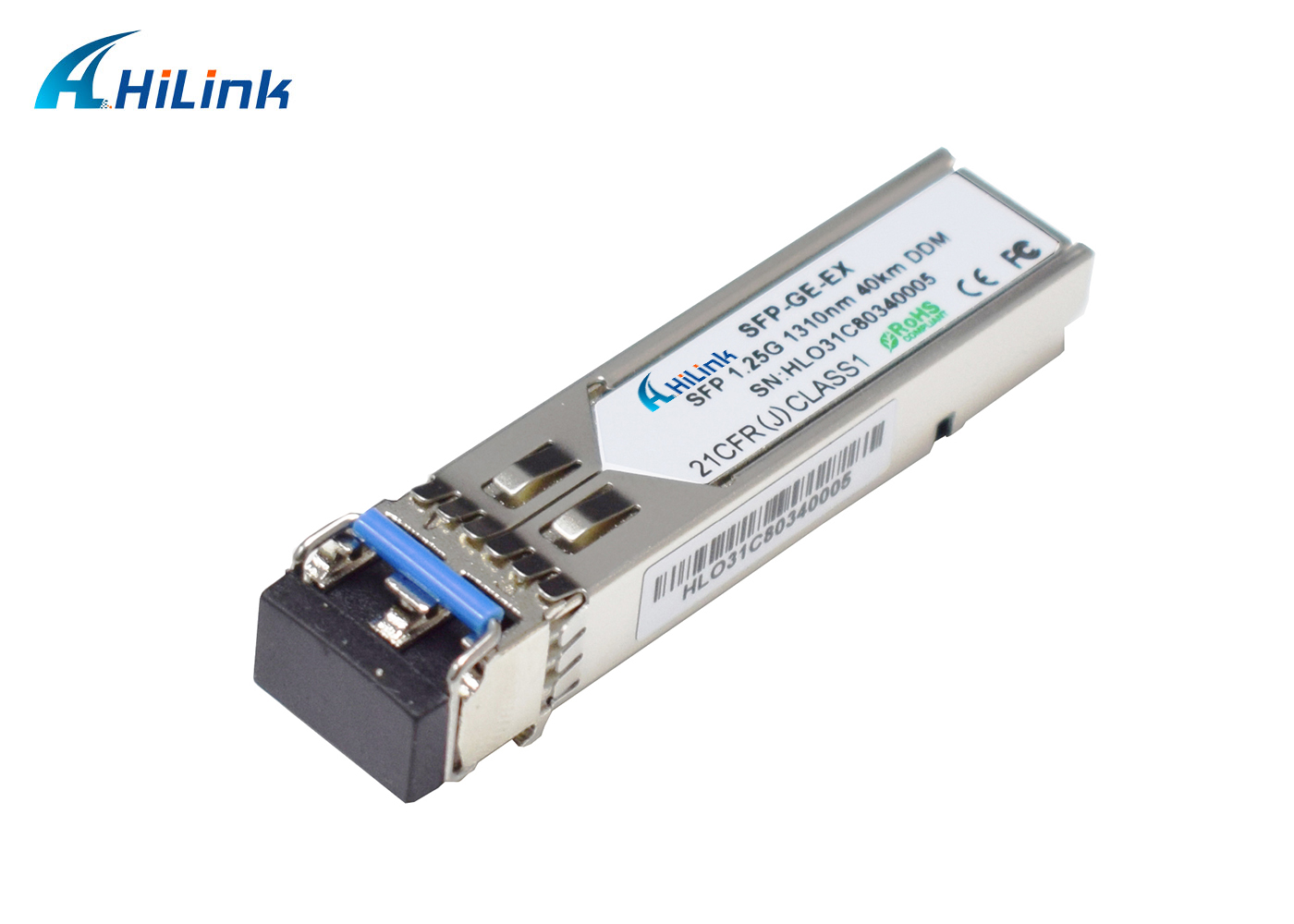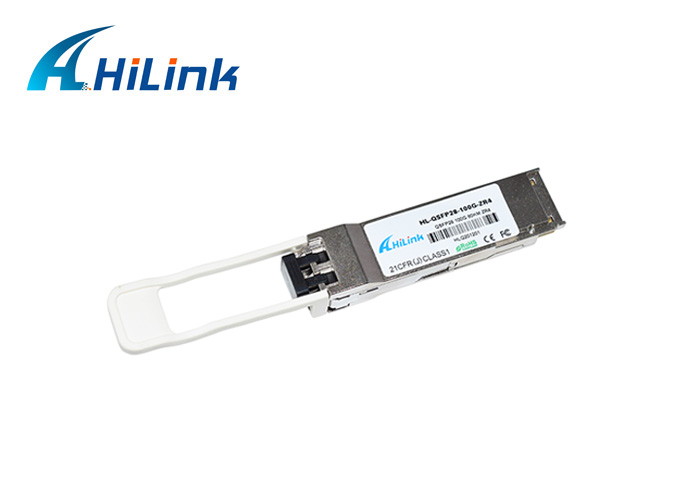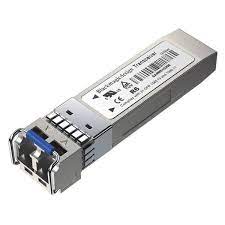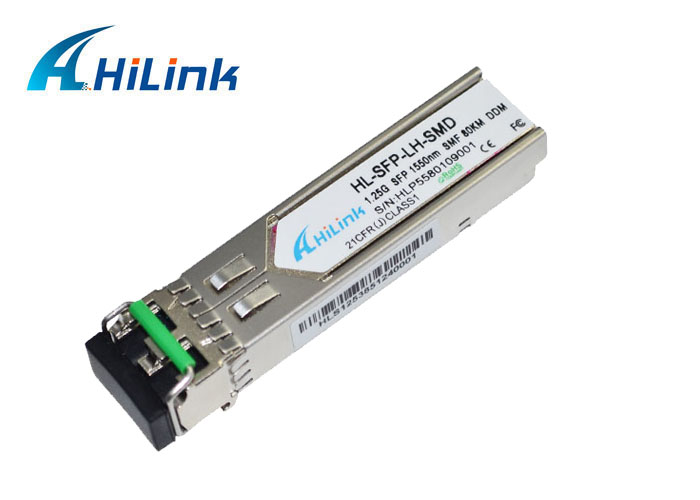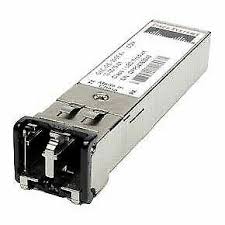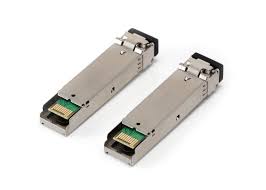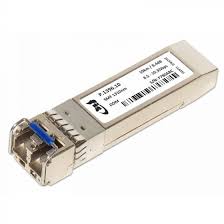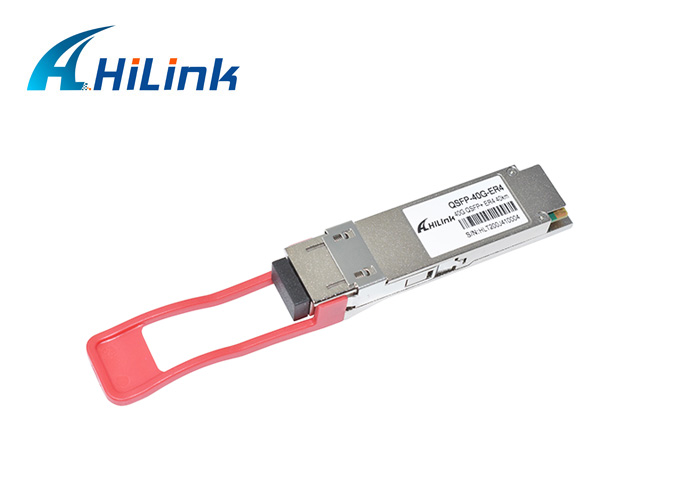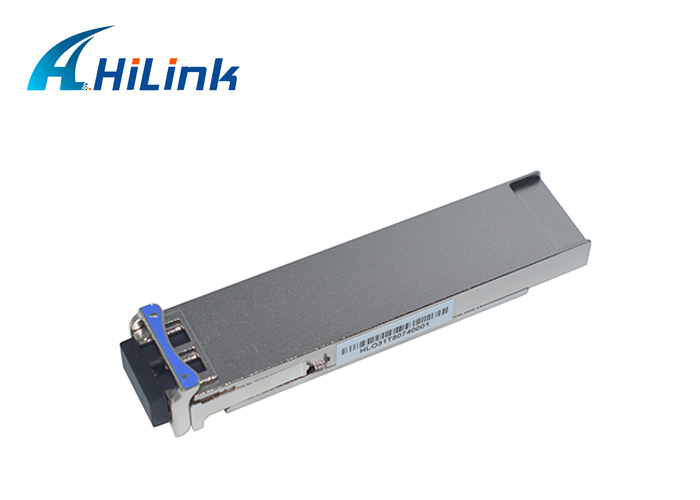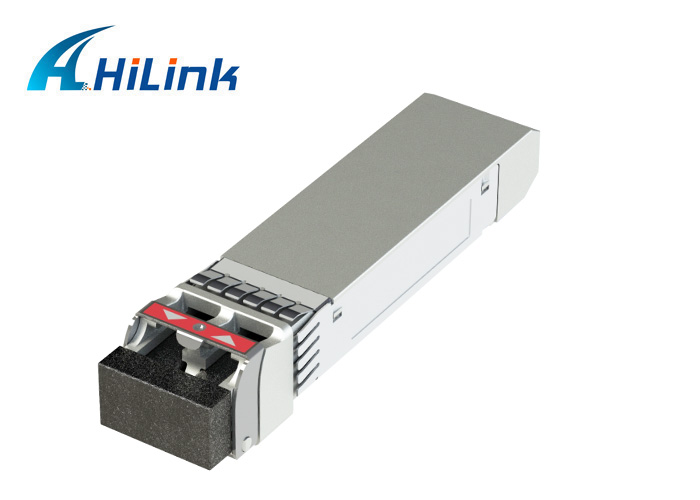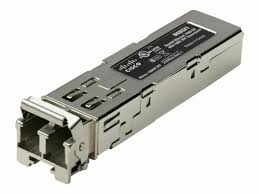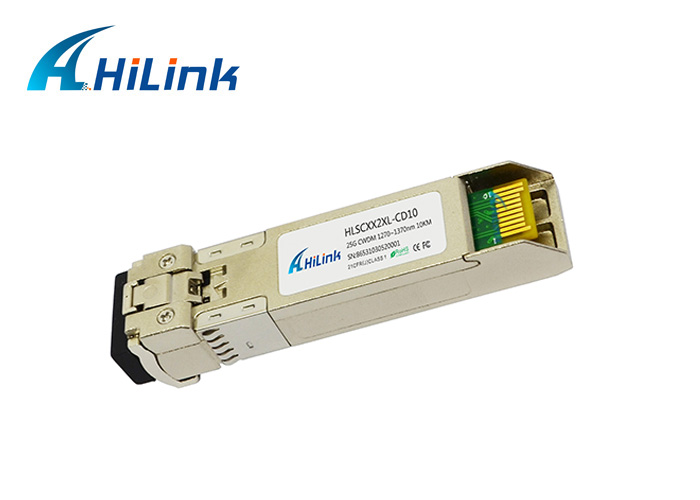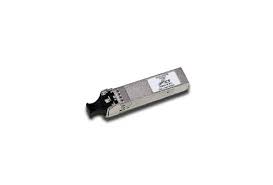SFP 10g 80km Price
An SFP (Small Form-Factor Pluggable) module is a type of fiber optic transceiver that is used to connect network devices to fiber optic cables. An SFP module typically contains a transmitter and a receiver and is used to transmit and receive data over fiber optic cables.
"SFP 10g 80km" refers to an SFP module that is capable of transmitting data at a rate of 10 gigabits per second (10g) over a distance of 80 kilometers (80km). This type of SFP module would be used in network applications where a high-speed, long-distance connection is required. SFP modules are widely used in a variety of networking applications, including data centers, enterprise networks, and service provider networks. They are available in a variety of different form factors, including SFP+, XFP (10 Gigabit Small Form-Factor Pluggable), and others, and can be used with a variety of different fiber optic cables.
SFP 10g 80km Price
Application of SFP 10g 80km
An SFP (Small Form-Factor Pluggable) module that is capable of transmitting data at a rate of 10 gigabits per second (10g) over a distance of 80 kilometers (80km) could be used in a variety of networking applications where a high-speed, long-distance connection is required. Some examples of potential applications for an SFP 10g 80km module include:
1. Data centers: An SFP 10g 80km module could be used to connect servers, storage devices, and other network devices within a data center.
2. Enterprise networks: An SFP 10g 80km module could be used to connect network devices in an enterprise network, such as switches, routers, and firewalls.
3. Service provider networks: An SFP 10g 80km module could be used to connect network devices in a service provider network, such as switches and routers, as well as to connect to customer premises equipment (CPE).
4. Campus networks: An SFP 10g 80km module could be used to connect network devices in a campus network, such as switches and routers.
5. Other applications: There are many other potential applications for an SFP 10g 80km module, depending on the specific networking requirements and infrastructure of an organization.
Related Information









